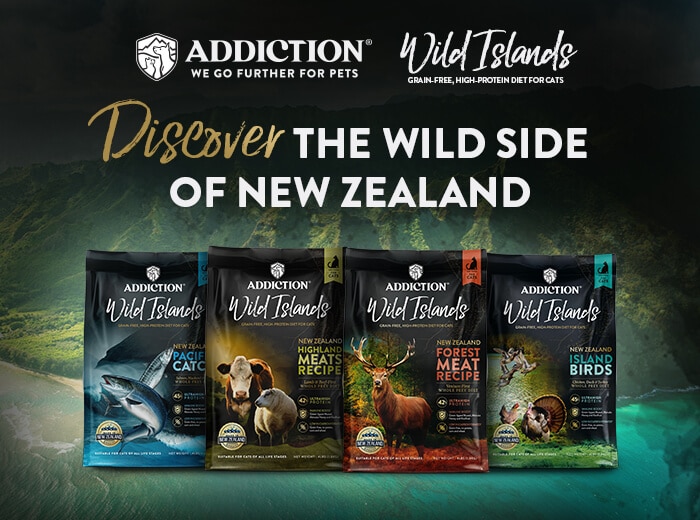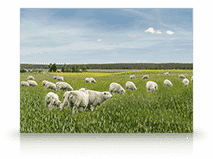There’s been much debate over meals and meats that are used to make pet food in many online pet forums lately.
In turn, this has led to discussions about which protein source is more appropriate for dogs, and ultimately, which one is more nutritious and beneficial: raw meat or meat meals.
Above all the conundrum, sadly many are misled to believe that one option is better, more appropriate than the other, simply because that option looks more appetizing to the pet owner who buys the food for his pet, instead of considering what his pet really needs to stay healthy.
Let’s look at the facts.
What meat vs. meal means to your pet
Meat, by AAFCO definition, refers to clean flesh derived from slaughtered mammals and are made of striated muscles. This includes muscle parts of the tongue, the diaphragm, heart and esophagus, usually accompanied by parts of skin, sinew, nerves and blood vessels. Poultry, on the other hand, refer to clean flesh and skin with or without the fowl’s bones, coming from parts of or the whole carcass of poultry.
As unappetizing as that may sound to you, these are primary sources of proteins for pets, if you get them from meats. Meat is assumed to be less processed, since it is added to the kibble in the final stages of ‘cooking.’
Meal, on the other hand, is the rendered product from mammal tissues, excluding any added blood, hair, hoof or horn, trimmings, or rumen contents.
With the popularity of humanization in pet food, it’s easy for pet owners to assume that their pet’s food needs to be ‘human grade’ for pets to consume it. Owners must understand that no pet meal is likely to be produced for human consumption to begin with, and so no pet food really needs to be ‘human grade’ for it to be good for them. Here’s what AAFCO says about ‘human grade food.’
Modern-day pets are biologically designed to be different from humans and have evolved according to the lifestyle they lead with us, and should not be compared with their cousins who forage in the wild.
In reality, raw meat contributes very little concentrated animal protein which pets need for energy and vitality, given that it is 60%-70% made of water and only around 18% actual protein. After cooking, that water evaporates, and what’s left is some semblance of the protein they promised to contain.
On the other hand, since meals have already been prepped through low temperature cooking that evaporates most moisture and yet seals in the nutrients, they provide up to 65% more concentrated protein and only around 10% water after rendering. This means your pets get more out of the food that they eat, given the high concentration of meat proteins.
Why less is more
As pet owners, we need to be more self-aware for the food that our pets eat. In the end, it’s a choice that you make for them, which puts the responsibility on our shoulders.
There is nothing wrong with trying out new food options, different proteins, or every other brand on the shelf. As pet owners, you have the power to choose just that. But with that power, you also need to figure out which brands make a difference in your pets’ health.
You need to choose pet food options whose formulation is appropriate to his lifestyle, not another species. In hindsight, the discussion should really be more than just how much meat there is; it should delve more on whether they are suitable for modern-day pets to begin with.
Go for food with the right amount of protein and packed with fresh fruits and vegetables, naturally-occurring vitamins and minerals, and no artificial coloring, flavors, whey or corn.
Go for food whose main protein ingredients have been responsibly sourced from one of the cleanest places to make pet food – New Zealand.
Go for Addiction Foods and take your pets’ health further than ever. Discover our all-natural line of dog and cat food.
Get our newsletter to receive more information about pet care and promos.
Follow us on Facebook and Instagram to meet the Addiction Foods community.














